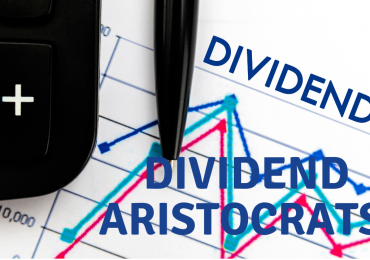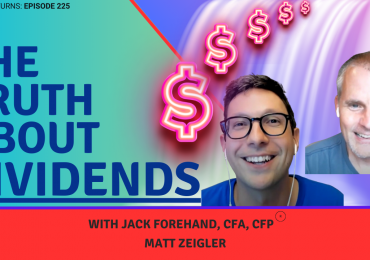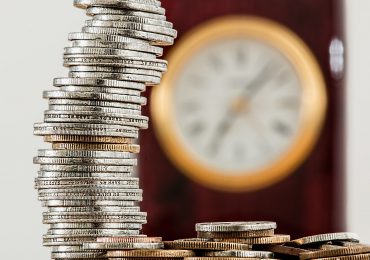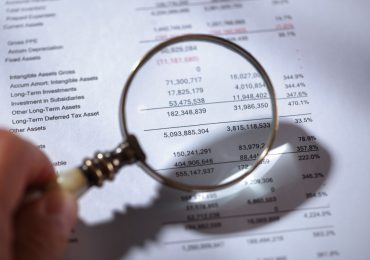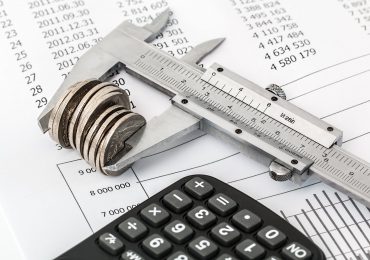
Investors looking for high-quality stocks to own for the long-term should consider investing in dividend stocks, particularly high-quality dividend stocks like the Dividend Aristocrats. To be a Dividend Aristocrat, a stock must be in the S&P 500 Index, have a float-adjusted market capitalization of at least $3 billion, and a track record of at least 25 consecutive years of dividend growth.
Of the 505 stocks that comprise the S&P 500 Index, just 57 of them qualify as Dividend Aristocrats. Put differently, just over 10% of index constituents currently qualify as Dividend Aristocrats, which means it is a fairly exclusive group of stocks.
Because of this, the Dividend Aristocrats represent high-quality businesses that have stood the test of time. The Dividend Aristocrats have also significantly outperformed the broader S&P 500 Index over the past 10 years, with lower volatility as well.
Why Invest In Dividend Stocks?
Dividend stocks are valuable for investors looking to generate income, such as retirees. With interest rates declining, retirees will find paltry yields among bank savings accounts and certificates of deposits. High-quality bonds such as U.S. Treasuries also offer fairly low yields, along with no inflation protection.
On the other hand, dividend stocks such as the Dividend Aristocrats offer significantly higher levels of income, along with the possibility of income growth over time. As a whole, the Dividend Aristocrats collectively yield 2.5%, compared with a 1.9% dividend yield for the S&P 500 Index and a 1.7% yield for the 10-year U.S. Treasury Bond.
As mentioned above, the Dividend Aristocrats represent the stocks in the S&P 500 Index with at least 25 consecutive years of dividend growth. The list is rebalanced annually by Standard & Poor’s, which maintains both the S&P 500 Index and the Dividend Aristocrats list. For 2019, Chubb Limited, Caterpillar, People’s United Financial, and United Technologies were added to the Dividend Aristocrats after reaching 25 consecutive years of dividend increases. There were no removals from the Dividend Aristocrats list for 2019.
The composition of the 57 Dividend Aristocrats by sector is as follows:
- Consumer Staples: 13
- Industrials: 13
- Health Care: 6
- Financials: 7
- Consumer Discretionary: 6
- Basic Materials: 6
- Energy: 2
- Information Technology: 1
- Real Estate: 1
- Telecommunications: 1
- Utilities: 1
To maintain such a long history of dividend growth year in and year out, a company must possess a number of positive qualities.
Merits of the Dividend Aristocrats
First, a company must have a sustainable business model that generates consistent profits, regardless of the economic climate. The past 25 years included multiple economic downturns, including the “Great Recession” of 2007 to 2009. Many companies cut or eliminated their dividends entirely during the Great Recession, particularly in the financial sector as well as other cyclical areas of the economy. But the Dividend Aristocrats sailed through the Great Recession—the most severe recession since the Great Depression—and continued to increase their dividends each year.
For a company to continue raising its dividend each year regardless of the economic climate, it must possess significant and durable competitive advantages. These are qualities of the business that insulate it from the constant pressures of economic downturns and competition. Legendary value investor Warren Buffett popularized the term “economic moat” to describe this quality. Certain businesses have such a strong brand or global scale that the competition cannot take market share.
Next, companies must have strong growth potential to be a Dividend Aristocrat. Sometimes a company will see explosive growth, particularly in the startup phase of its development, only to see its growth slow down and even decline over time. This is common among companies whose products are seen as fads that only capitalize on short-term trends. By contrast, the Dividend Aristocrats have high profitability and also the ability to increase their profits over longer periods, due to their successful R&D and investment in growth initiatives.
Lastly, in order to become a Dividend Aristocrat, a company must have a shareholder-friendly management team that is dedicated to raising the dividend every year. Just because a company has all the qualities previously mentioned—a strong brand, competitive advantages, and growth potential—it does not necessarily have to pay rising dividends over time. Indeed, there are many highly profitable companies with enticing growth that do not pay dividends, such as Berkshire Hathaway, Alphabet, and more. Non-dividend paying stocks are not necessarily bad investments, but for investors who rely on dividend income (such as retirees), the Dividend Aristocrats are far more valuable holdings.
Outperformance of the Dividend Aristocrats vs. the S&P 500
Adding it all up, and it seems clear that the Dividend Aristocrats possess a number of advantages over the rest of the S&P 500 Index. Investors would be correct to think this, as the Dividend Aristocrats have indeed outperformed the broader market index over the past several years. To that end, according to Standard & Poor’s, the S&P 500 Index has generated annualized total returns of 12.5% over the past 10 years through September 30th. In the same 10-year period, the Dividend Aristocrats have generated annualized total returns of 13.8%, representing annual outperformance of 1.3% for the Dividend Aristocrats.
The outperformance of the Dividend Aristocrats is highly impressive, particularly considering that dividend stocks are often viewed as stodgy investments that do not keep pace in a bull market. The past 10 years includes the steady economic recovery in the aftermath of the Great Recession. In times of economic expansion and bull markets, growth stocks are expected to outperform dividend stocks. But this has not been the case.
And, the Dividend Aristocrats have exhibited less volatility at the same time. In the past 10 years, the S&P 500 Index has had a standard deviation—a widely-used measure of stock market risk—of 12.6%. This compares to standard deviation of 11.3% for the Dividend Aristocrats in the same time frame. The performance of the Dividend Aristocrats over the past 10 years has defied prevailing expectations. Not only have the Dividend Aristocrats outperformed the S&P 500 Index over the past 10 years, one of the longest bull markets in recent history, they have done so with less volatility as well.
Final Thoughts
Stock market investors are always trying to find investments that can produce outperformance while lowering risk. Although there will never be such a thing as a risk-free stock, the Dividend Aristocrats may be just what these investors are looking for. The Dividend Aristocrats have outperformed the S&P 500 Index over the past decade, while exhibiting lower risk along the way.
Not only that, but the Dividend Aristocrats provide a higher level of income than the broader index right now, with the added bonus of dividend growth each year. As a result, many investor groups—particularly income-focused retirees—could benefit from taking a closer look at the Dividend Aristocrats.
This article was produced by our friends at SureDividend.com.
Photo: Copyright: 123rf.com / lightwise

